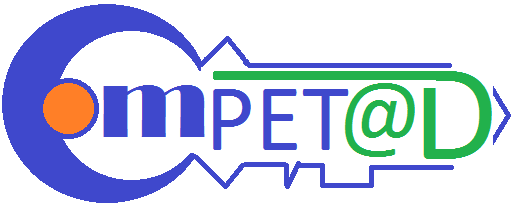Click Here to REGISTER
COURSE DESCRIPTION:
Businesses are increasingly recognizing that, to be successful, they must place a high value on both their customers and customer service professionals. In this course, we will learn why customer service should be one of the top priorities in this increasingly competitive global economy.
In this dynamic, highly interactive workshop, you will learn what is good customer service? How can it go from good to great? What are the pitfalls that many people experience when trying to deliver customer service? Does attitude count? What is the best way to handle difficult customers? What techniques can be used to reduce customer-service stress? Find out the answers to these and other important customer-service questions during this information-packed training session. Participants will learn what exceptional service is, how to project a customer-friendly image, how to handle demanding customers, and more.
OBJECTIVES:
In this program, participants should be able to:
Describe exceptional customer service.
Identify the benefits of great customer service.
Recognize barriers to the delivery of outstanding customer service.
Adapt to specific customer behavior styles.
Demonstrate how to measure customer-satisfaction levels and take corrective action if needed.
Learn techniques for dealing with angry or upset customers.
Develop a personal action plan to improve customer-service skills.
COURSE OUTLINE:
Module 1
Definition of customer service
Identify your customers
Customer expectations
Customer service objectives
Customer service mission statement
Module 2
Customer service skills
Listening
Anticipate
Solution provider not a problem solver
Handling a complaining client
LEAP (listen, organize, apologize, provide solution)
Plus F (feedback)
Managing difficult situations
Module 3
Customer Expectations
Customer communication
Understanding Telephone/Cellphone Etiquette & Netiquette (Internet, Emails)
Telephone Techniques
Email ettiqutte
Customer management
Registration Instructions:
1. Fill out the registration form by clicking the link on top of this page. You may also download the MS Word attachment send it to training@competad.com
2. Our admin team shall send you shortly the Statement of Account/Confirmation of registration. Sign the statement of account to conform and finalize your registration and email the soft copy.
3. Follow the instructions in the statement of account and complete your payment.
4. Send the scanned copy of the Statement of Account and your deposit slip.
5. Should you need an official Billing Invoice, please call us at (02) 4333342 or click here for alternative numbers.













